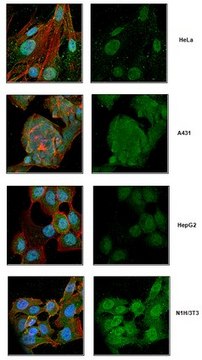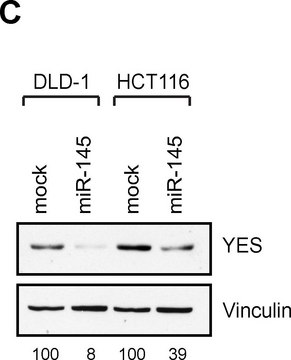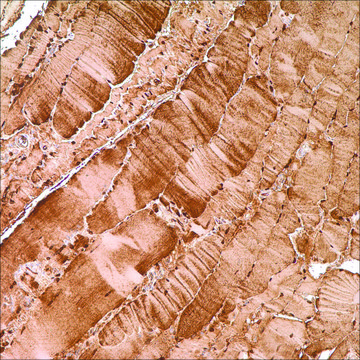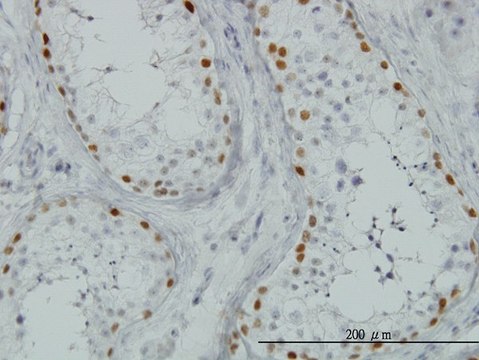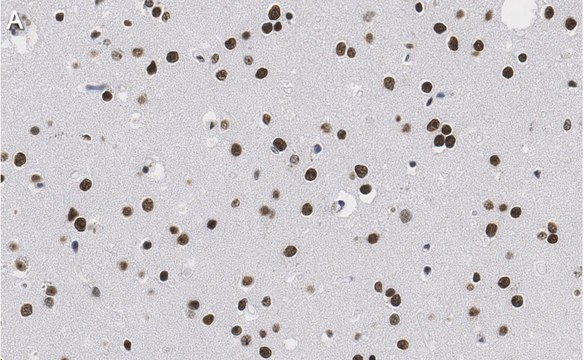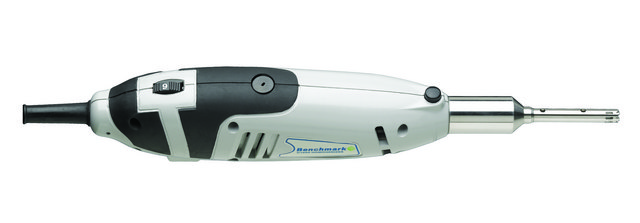MAB4385
Anti-TRA-1-85 Antibody, blood group Antigen Ok(a), clone TRA-1-85
clone TRA-1-85, Chemicon®, from mouse
About This Item
Recommended Products
biological source
mouse
Quality Level
antibody form
purified immunoglobulin
antibody product type
primary antibodies
clone
TRA-1-85, monoclonal
species reactivity
human
manufacturer/tradename
Chemicon®
technique(s)
flow cytometry: suitable
immunoprecipitation (IP): suitable
western blot: suitable
input
sample type induced pluripotent stem cell(s)
sample type: human embryonic stem cell(s)
isotype
IgG1
shipped in
wet ice
target post-translational modification
unmodified
General description
Specificity
SPECIES REACTIVITIES:
Refer to comments regarding specificity
Immunogen
Application
Immunoprecipitation
Immunoblotting
Optimal working dilutions must be determined by the end user.
Stem Cell Research
Pluripotent & Early Differentiation
Target description
Physical form
Storage and Stability
Analysis Note
Hemopoietic cells and a wide range of normal human tissues
Legal Information
Disclaimer
Not finding the right product?
Try our Product Selector Tool.
Storage Class Code
10 - Combustible liquids
WGK
WGK 2
Flash Point(F)
Not applicable
Flash Point(C)
Not applicable
Certificates of Analysis (COA)
Search for Certificates of Analysis (COA) by entering the products Lot/Batch Number. Lot and Batch Numbers can be found on a product’s label following the words ‘Lot’ or ‘Batch’.
Already Own This Product?
Find documentation for the products that you have recently purchased in the Document Library.
Our team of scientists has experience in all areas of research including Life Science, Material Science, Chemical Synthesis, Chromatography, Analytical and many others.
Contact Technical Service

